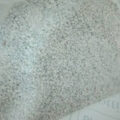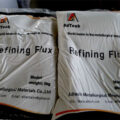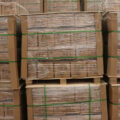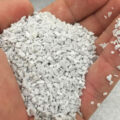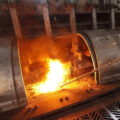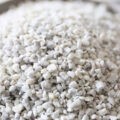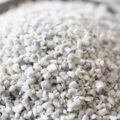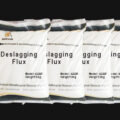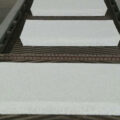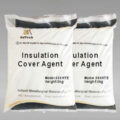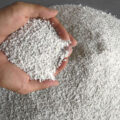With the continuous enhancement of environmental protection requirements and environmental awareness, incorporating the impact of flux on the environment into the flux quality evaluation conforms to the development route of green manufacturing. Whether the aluminum foundry flux has odor and smoke during use, whether the emissions will adversely affect the environment, endanger the health of operators, damage equipment, and whether it will cause heavy metal pollution will be the basic indicators for flux quality evaluation.
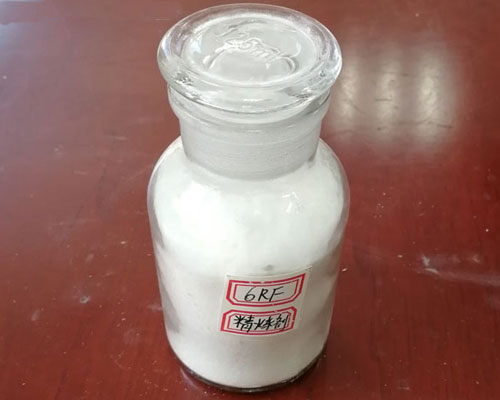
Through the research on the flux purification of aluminum and aluminum alloy melts, we found that usually because the components of the flux are ineffective components of aluminum and aluminum alloys, the purification process of aluminum and aluminum alloy melts by the flux inevitably involves To the problem of secondary pollution and secondary burning of aluminum and aluminum alloy melt by flux. To ensure the purification effect of aluminum and aluminum alloy, it is necessary to avoid the chemical reaction of the flux in the process of purifying the aluminum and aluminum alloy melt, that is, to avoid the chemical purification of the flux. In the process of purifying aluminum and aluminum alloy melt, only physical changes such as the wettability and diffusion conditions between the flux and the aluminum and aluminum alloy melt and the purification of the flux occur. We call it the flux to the aluminum and aluminum alloy melt physical purification.
The basic components of the refining agent mainly use flux halogen salt. The aluminum foundry flux not only has a good effect on reducing the viscosity and melting point of the composite flux, but also produces wetting and wetting when it comes into contact with non-metallic inclusions at high temperatures. When the interface energy is reduced, the flux will generate the driving force needed to adsorb the non-metallic inclusions in the melt. After the flux adsorbs the inclusions, the flux-inclusion interface will replace the original metal-flux and metal-inclusion interfaces.

